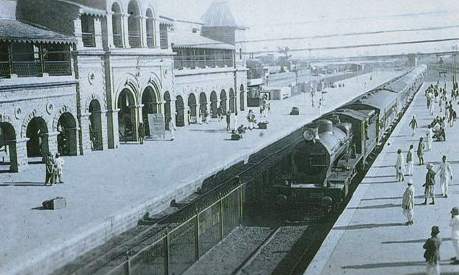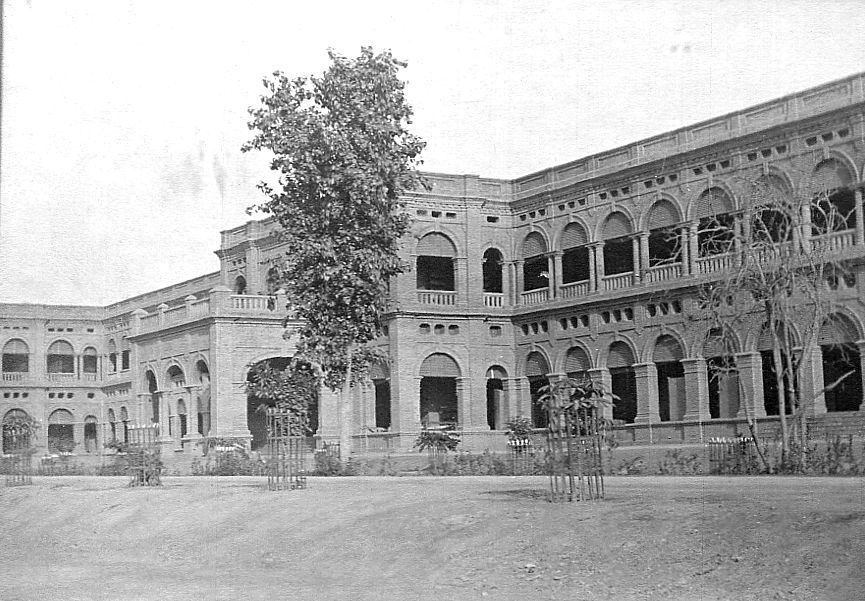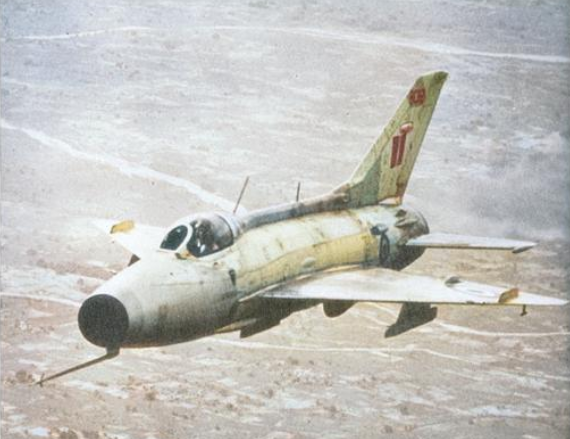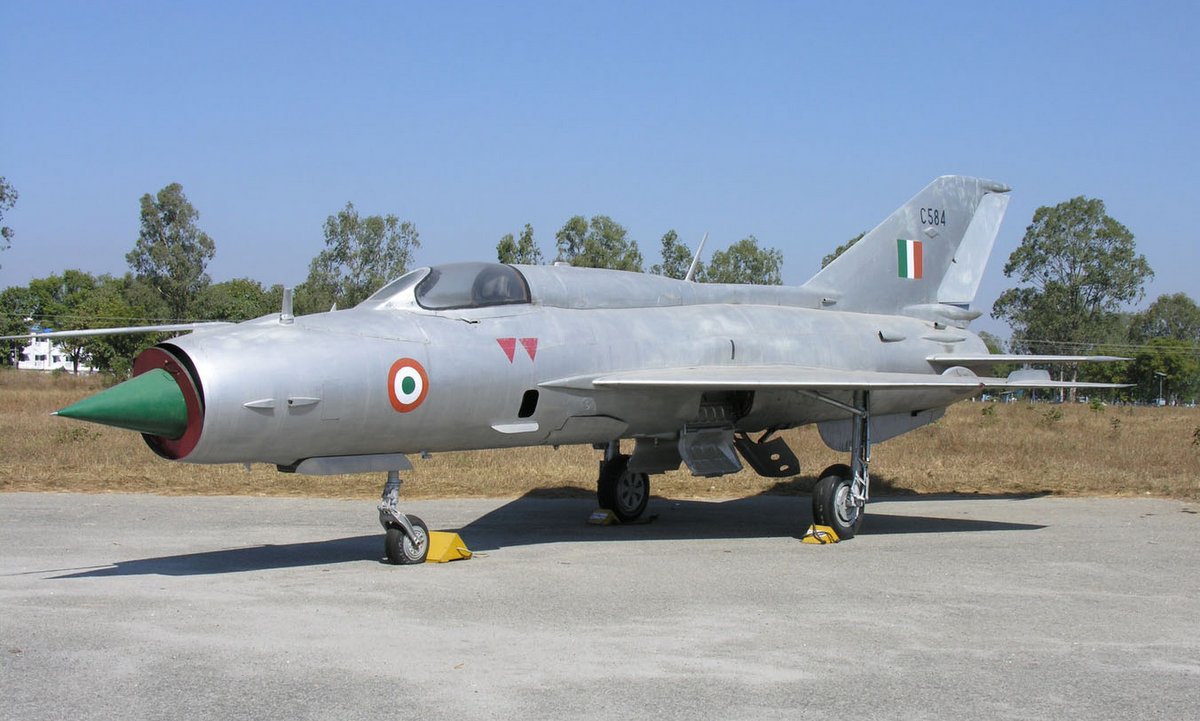The North-Western State Railway (NWR) was formed in 1886 by merging the Sind, Punjab and Delhi Railway, the Indus Valley State Railway, the Punjab Northern State Railway, the eastern section of the Sind-Sagar Railway and the southern section of the Sind-Pishin State Railway. 

The NWR operated a board gauge network on the following mainlines Karachi to Quetta, Karachi to Lahore, Lahore to Delhi and Lahore to Peshawar. By 1947, it operated 6861 miles of track. 

The oldest section of track in the system was opened between Karachi City and Kotri in 1861 by the Scinde Railway. The terminus became the Karachi Cantt Station. 



In 1863, the charter of Scinde Railway expanded up to Delhi by adding the Amritsar-Delhi part of track to the project and the company was renamed Scinde, Punjab and Delhi Railway (SPDR) in 1870 by absorbing other companies. 



In 1870 SPDR liked Delhi to Multan via Lahore and completed the Amritsar-Saharanpur-Ghaziabad line, linking to the East Indian Railway(EIR) and providing connectivity between Multan and Delhi. 

SPDR inherited from its constituents the unfortunate reputation as being the worst managed of the early private companies due to shady and/or inept contractors and financial irregularities. This led to it passing under government control. NWR was established with HQ in Lahore. 





The Indus Valley State Railway (IVSR) was established by the Government to provide a rail link between Kotree(Kotri) and Mooltan((Multan). This was to complete a rail connection from the port of Karachi to Lahore, thus providing a through service. This was completed in 1878. 

The Punjab Northern State Railway was created in 1870-71 to construct and operate the railway between Lahore and Peshawar. The first section of the line was opened in 1876 from Lahore to Peshawar and in 1883 the Attock Bridge over the Indus River was completed. 



In 1930 Southern Punjab Railway (SPR) became the last major company folded into NWR. SPR was established in 1870 to provide a more direct connection from Karachi to Delhi by linking to the original Indus Valley State Railway at Samasata. The line opened in 1897. 



NWR too up many strategic projects after its formation. Bolan Pass railway was completed in 1886 and the Khojak Tunnel opened in 1891 and the railway reached Chaman near the Afghan border. 



NWR became one of the first railways to offer mainline diesel service when it took delivery of two Armstrong Whitworth diesel-electric locomotives in 1935. The trials were eventually unsuccessful because of excessive wear on the 

In 1947, NWR was divided. One part became the nucleus of Pakistan's railways, with 4976 miles of the old system's 6861 miles lying within the new state; the part lying in India was reorganised and renamed as Eastern Punjab Railway (with HQ at Old Delhi Railway Station). 

• • •
Missing some Tweet in this thread? You can try to
force a refresh





























